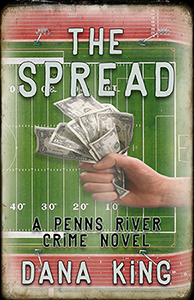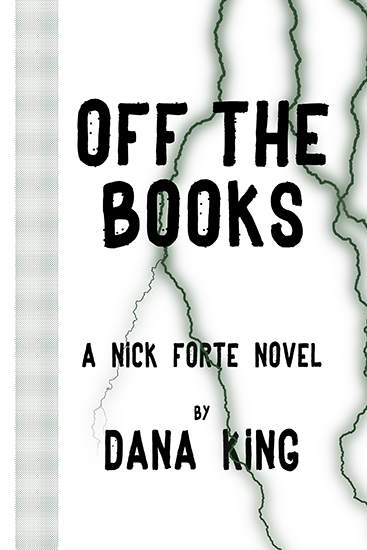Frank Zafiro (if that is his real
name, which it is not) stopped by a couple of weeks ago to talk about how serendipity
plays a role in what gets written next. Frank and co-author Jim Wilsky
thought they were finished with the Ania trilogy, which was logical, having
written three books. The vagaries of publishing opened a door, an idea
presented itself, and the Ania trilogy now has a fourth book. It’s nice when a
plan comes together, and even nicer when the plan presents itself, unbidden,
from out of the ether.
Writing is like that, mainly because life is like that. We can
make all the plans we want but should always prepare for the unexpected. That
advice means to be ready to take care of what pops up that puts the plan at
risk, but it should also keep us willing to adjust the plan in the event something
better comes.
This is why it’s good to revisit things, whether novels,
non-fiction, how-to-write books, movies, good television, whatever. It’s also a
good idea to get ideas from various sources. Musicians should always study with
various teachers even if perfectly content with who they have and only looking
for a temporary change of scenery. The other teacher may see something in the
student the regular teacher missed. Might suggest something different that
works. Might even suggest the same thing but in a different way that makes more
sense.
More to the point of my revisiting example, either teacher
may suggest something to the student in the same way as the other did but a
couple of months or years later when the student is better prepared to accept,
understand, or leverage that information. We’ve all seen movies or read books
that didn’t quite move us only to revisit them twenty—or even two—years later
and see how outstanding they are. The book or movie didn’t change. We did. We
learned and grew and had new experiences. Maybe the work of art had layers we
couldn’t appreciate at first because we were caught up in the surface level.
It’s a running joke among a few of my friends that I now watch
LA Confidential several times a year.
I’ve seen it at least twenty times. It’s not one of the “comfort” food films I
drag out when I want to settle in for the evening and relax and feel good. (You’re
going to ask, so I’ll tell you: The Big
Lebowski, Get Shorty, Butch Cassidy and the Sundance Kid, Animal House, Monty
Pythion and the Holy Grail, and a few others.) Every time I watch LA Confidential I see something new in
it, or something I’d seen before that prompts a different thought process. That’s
where the true genius of the Curtis Hanson – Brian Helgeland collaboration
comes out. They took an overly-detailed mess of a gloriously-written book and created
a precisely-detailed film that succeeds on every level. I’ve found a few flaws,
but none that detract from my enjoyment.
Writing is planning and attention to detail. Even the most
hardcore plotter must keep in mind what happened already and the most dedicated
pantser cannot ignore what has to come later, especially when editing. Those
considerations may seem like restrictions—and they are—but they’re also
opportunities. I can’t begin to guess how many times I put something in a first
draft because it struck me as a nice thing to add that gave me a new direction
for the story well down the road. Could be something as simple as a unique eye
color or hairstyle or even a reference to a minor character’s occupation when
their job could have been anything; I picked this at random. Later I’ll be
chugging along and realize, “Oh, shit! Dudley Wishbone works (or worked if he’s
the victim) at the lumber yard!” and everything after that realization is affected,
though not always directly.
I still plot everything I write; Scrivener has been a boon
to my messy process. Even more so because of the changes of direction my books
so often make well after I think the outline is finished and I’m well into the
writing. Pay attention to the opportunities that present themselves. They don’t
do it often, and they rarely come around a second time. As I said in the post I
wrote for Elizabeth White when she was kind enough to provide space
for me to promote Ten-Seven*: Pay attention.
(* -- Just because I’m not beating you over the head about
it every day doesn’t mean Ten-Seven
has gone out of print. It’s still available at all the fine booksellers noted here.)


